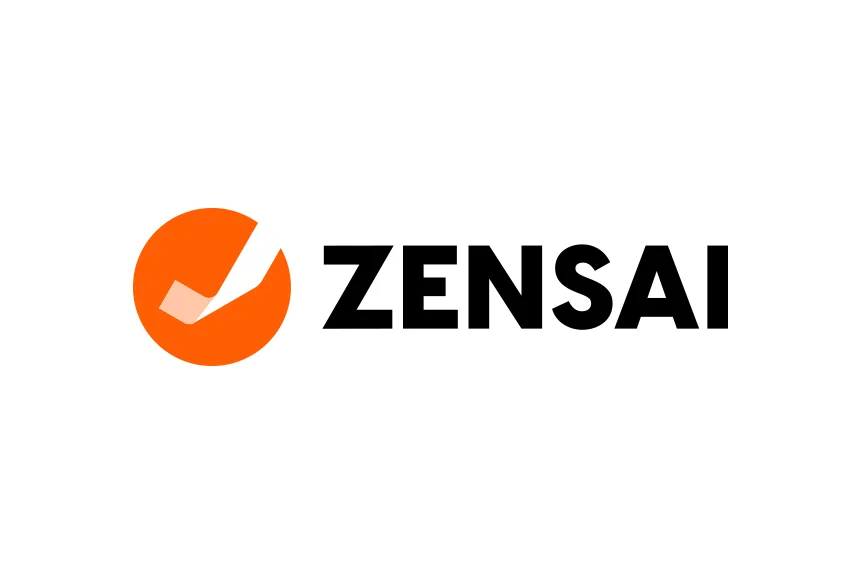Felipe Castro is famous for soap-boxing about this goal-setting framework that’s popular with Silicon Valley companies like Google, Twitter and Spotify. OKR forms one of the pillars of performance management. The other two being great process and performance conversations.
OKRs helped Gmail grow its user-base from 400 million to over 1 billion. That’s a whopping increase in uptake of at least 150%. Still on the fence?
How do OKRs work?
OKRs help companies bridge the gap between strategy and execution. In they’re simplest form, they show employees how their work contributes to company success. Which makes OKRs the perfect tool to support employee performance.
OKRs also encourage managers and employees to move from an input and behavior-based approach to instead focus on impact and outcomes. It’s a mindset shift but using OKRs gives employees more autonomy and accountability for the work that they do.
Using OKRs to support an employee’s performance
OKRs work best when used with ongoing feedback, performance conversations and a well-planned performance management strategy. They shouldn’t be used solely to measure an employee’s performance because there are lots of contributing factors to consider. They don’t take into account how the person achieved the goals or if they’re a team player, for example.
Here are 5 steps to use OKRs to support performance management in your business. And it all starts at the top with a clear strategy and ideally, total transparency.
1. Set company-wide Objectives and communicate them clearly
Start with high-level Objectives that align with the overall mission and vision of the company. This could be a growth target or to lead a sector. The most important part here is communicating them clearly and early to business leaders so that they know and understand them. They will have time to brief their teams to set Key Results that measure the right things. Not just the obvious things.
2. Set Key Results to show how you will measure the Objectives
It’s important to communicate to the business how you’ll measure the Objectives. And by extension, the role that each person and team will contribute. You’re telling your people what your expectations are for the next year (or more). Knowing is 50% of the battle. So set your people up for success from the start.
3. Set Team OKRs that align to company Objectives via the Key Results
Next, managers need to brief their team about the company OKRs. That’s so employees have a clear understanding of the company direction. And how they can contribute to it. It’s important that employees feel empowered to set their own OKRs or SMART goals so they feel accountable.
Feeling like our work matters is a huge part of employee engagement. When you can’t see the impact of your role, it’s easy to become disengaged from it. After all, if your work doesn’t make a difference, why bother?
4. OKR transparency means better performance management alignment
Take an interest in other team’s OKRs. See how they’re measuring their impact. This helps with cross-team collaboration. And you never know, your work might impact another team’s OKR or vice versa. That’s where transparency really works. It means that the whole company really is working together rather than in silos. Which is often the case with SMART goals. Or no goals!
Remember to say thank you if someone else has supported your OKR. You can do this using the recognition question in a Zensai check-in.
5. Update Key Results regularly through check-ins
Keep your employee’s focused on the work that makes the biggest impact by including their KRs in their employee check-in. If they don’t have an update, it’s an indication that they need to re-focus or re-prioritize their work next week. Or change tact if something isn’t working. If an employee is loosing focus, it’s easy to get them back on track rather than waiting for the wheel to come off. Check-ins are a great way to get manager support on this.
Feeling like our work matters is a huge part of employee engagement. When you can’t see the impact of your role, it’s easy to become disengaged from it. After all, if your work doesn’t make a difference, why bother?
6. Re-align when appropriate, including stretch OKRs to boost employee performance
OKRs are agile by their nature. Team and individual ones more so than company Objectives. If a KR needs revising, you can do this easily if you review them often. 70% completion is considered to be an acceptable achievement. Anything above shows exception. Or, that the KR wasn’t set high enough to start. Tweak your KRs as you go if you need to give your top performing employees a stretch target. And check-in regularly with your team to see what you can do to support them achieve those goals.
7. Celebrate successes often and publicly
Employees want to be appreciated and recognized for their accomplishments. We need to know that our contributions are valued. And without this recognition, it’s easy to feel that our hard work has no purpose. And without purpose, disengagement and poor morale sets in.
Celebrate key milestones along the way using peer and manager recognition. If you use Zensai, you’re able to do this as part of your weekly check-in already.
8. Build performance management conversations around OKR progress
Make sure you’re discussing OKR progress in any conversation you have in your performance management process. Monthly 1:1s and quarterly reviews are the perfect place for these. As well as your weekly check-in. Use progress updates to ask how, as a manager, you can better support your people.
Every goal and question has a history that can be viewed by managers and relevant employees. So with Zensai, it’s easy for everyone to keep track of their progress.










